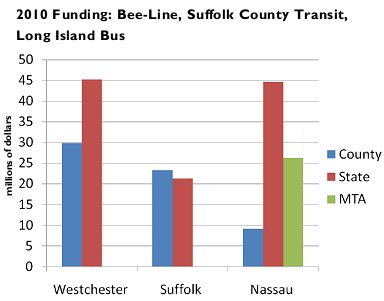Since the beginning of 2010, the MTA has reprimanded a total of 178 bus drivers for texting while driving, a report in The Post said today. According Tom Namako and Joe Mollica, an additional seven drivers were summonsed for eating while behind the wheel, and another seven were caught reading. The Post tracked down a few New Yorkers who were outraged by the behavior — “That’s extremely troubling,” said one — but the MTA’s numbers tell a different story. The 192 cited in the article represent just 1.9 percent of the MTA’s staff of bus operators.
The MTA says it takes reports of driver misconduct seriously and will often dispatch agency officials to monitor bus drivers. Rider complaints, they say, a big part of the process. “The MTA views this as a very serious safety concern and we employ several methods of policing cellphone use behind the wheel,” Transit spokesman Charles Seaton told The Post.





 Over 500 subway cameras in three key stations are now hooked into the NYPD’s Ring of Steel monitoring system, the MTA and Mayor Bloomberg announced yesterday. As part of the MTA’s boondoggle of a camera program, live streams from 507 new security devices in Grand Central, Penn Station and Times Square will feed into the NYPD’s Command Center down near Wall St. to assist the cops in fulfilling the goals of their Manhattan Security Initiative.
Over 500 subway cameras in three key stations are now hooked into the NYPD’s Ring of Steel monitoring system, the MTA and Mayor Bloomberg announced yesterday. As part of the MTA’s boondoggle of a camera program, live streams from 507 new security devices in Grand Central, Penn Station and Times Square will feed into the NYPD’s Command Center down near Wall St. to assist the cops in fulfilling the goals of their Manhattan Security Initiative. 





 — For more on this service change, please check out
— For more on this service change, please check out 








 (Rockaway Park Shuttle)
(Rockaway Park Shuttle)